Two new architectural research projects at the University of Michigan’s Taubman College of Architecture and Urban Planning are exploring ways to use glass building materials. And the studies suggest the material may have the untapped ability to enhance occupant wellness and productivity.
In total, two 18-month projects at Taubman will receive funding from manufacturer Guardian Industries. The contest is part of the company’s longer-term collaboration with the university, which experiments with improving everything from the acoustic performance of glass to its thermal resistance when used as a building’s skin.
One project, a collaboration between Taubman and University of Michigan’s School of Information, addresses the topic Biometric, Communicative, and Environmental Interfaces: Expanding the Functional integration of Glass in Promoting Health and Wellness in the Workplace. A second project, titled Design Ecologies of Glass is a collaboration between Taubman and the university’s engineering college. Both will draw on the school’s expertise in design, fabrication, and robotics.
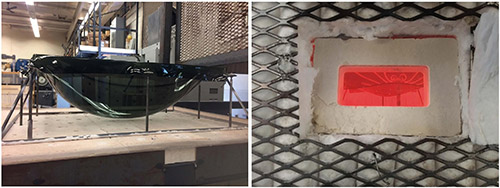
The kiln Taubman faculty used to create the special, curvy acoustic glass
Photo © Courtesy of Taubman College
Previous partnerships between the company and the college resulted in funding of $30,000 each for three glass studies: these were Activating Curvature: Modulating Transparency and Sound Performance across Curving Glass by Catie Newell, Wes McGee, and Zackery Belanger; STREAMING: New Educational Atmospheres, Primary Investigators by Maigret and Borum; and RGB: Robotic Glass Blowing, by Matias del Campo, Sandra Manninger, and Wes McGee.
One of those installations by associate professor Jen Maigret and professor Craig Borum from the college’s Master of Science program in Design and Health, titled Streaming New Educational Atmospheres, it demonstrates how a “light-well room” made of dichroic glass and inserted between corridors and classrooms can improve learning outcomes as well as energy performance. Another team led by Robert Adams, director of the Master of Science in Design and Health program, focused on workplace applications has proposed that the visual, biometric and environmental properties of glass can “reduce environmental pressure on cognitive labor, encourage cognitive flow, and promote well-being across psychological and physiological factors.”
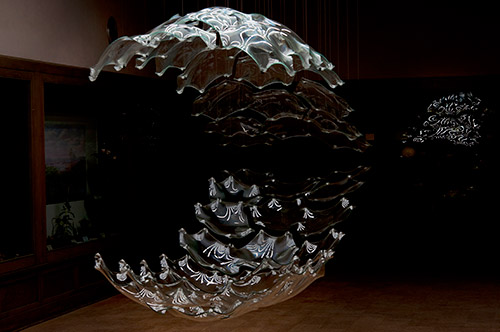
Another specimen of the acoustic glass
Photo © Courtesy of Taubman College
This story was featured in Material World, Architectural Record’s products-focused newsletter. Subscribe today!



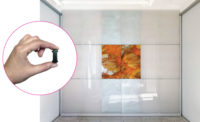
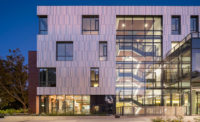
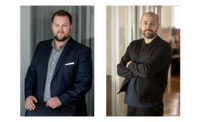

Post a comment to this article
Report Abusive Comment